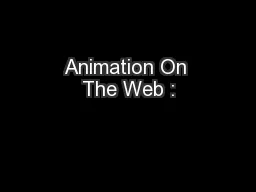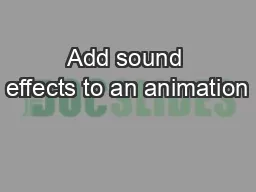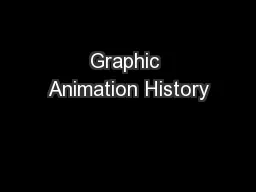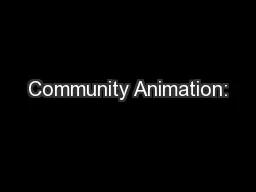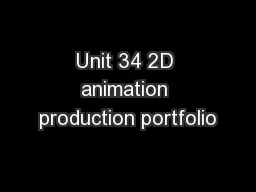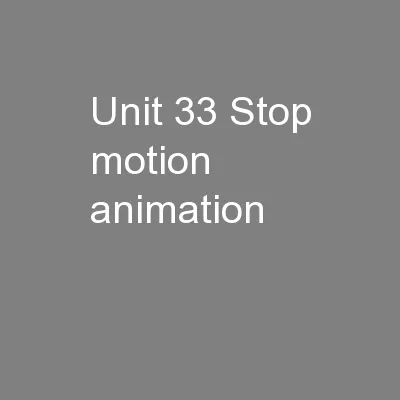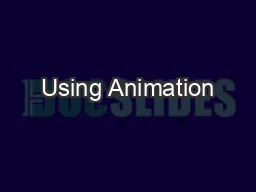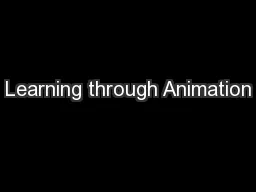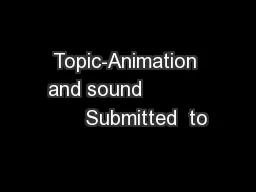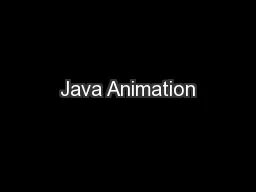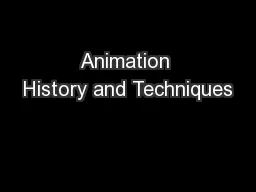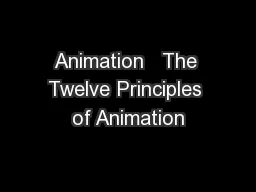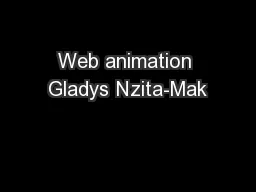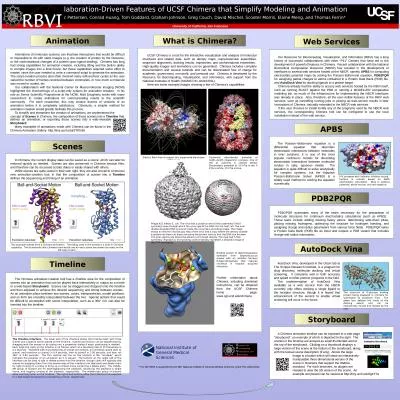PPT-Animation On The Web :
Author : calandra-battersby | Published Date : 2017-03-23
A Survey Amit L Ahire Alun Evans Josep Blat Interactive Technologies Group Universitat Pompeu Fabra Barcelona Spain Motivation Evans et al 2014 3D Graphics
Presentation Embed Code
Download Presentation
Download Presentation The PPT/PDF document "Animation On The Web :" is the property of its rightful owner. Permission is granted to download and print the materials on this website for personal, non-commercial use only, and to display it on your personal computer provided you do not modify the materials and that you retain all copyright notices contained in the materials. By downloading content from our website, you accept the terms of this agreement.
Animation On The Web :: Transcript
Download Rules Of Document
"Animation On The Web :"The content belongs to its owner. You may download and print it for personal use, without modification, and keep all copyright notices. By downloading, you agree to these terms.
Related Documents

